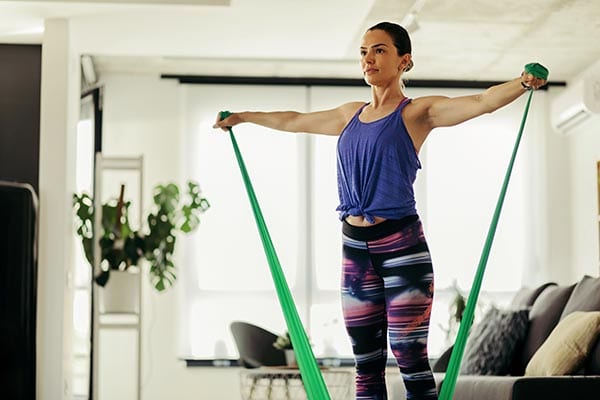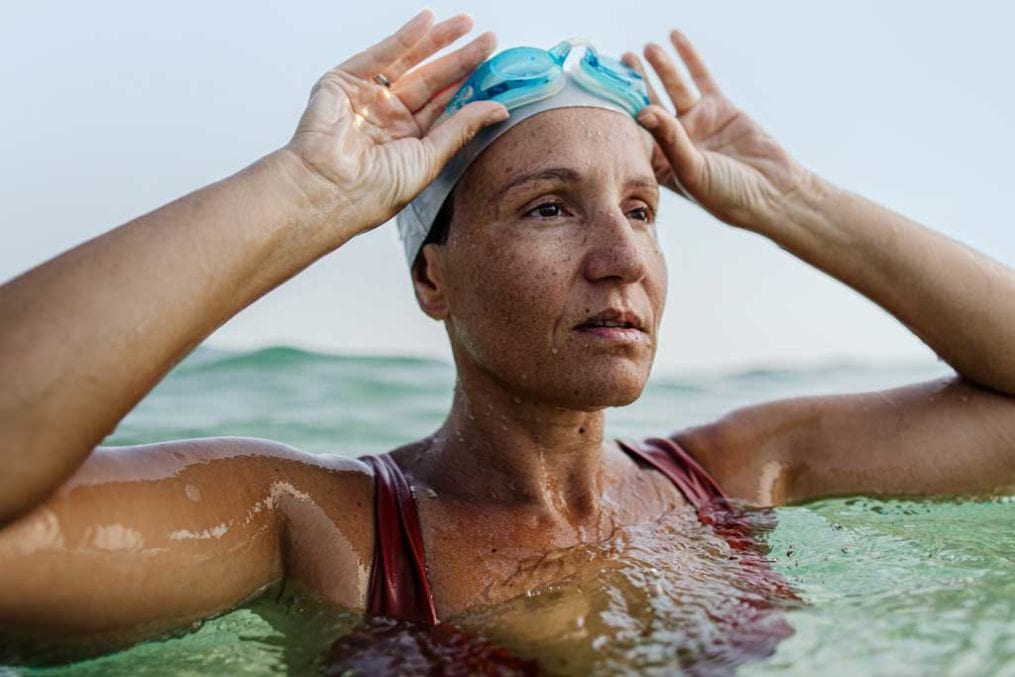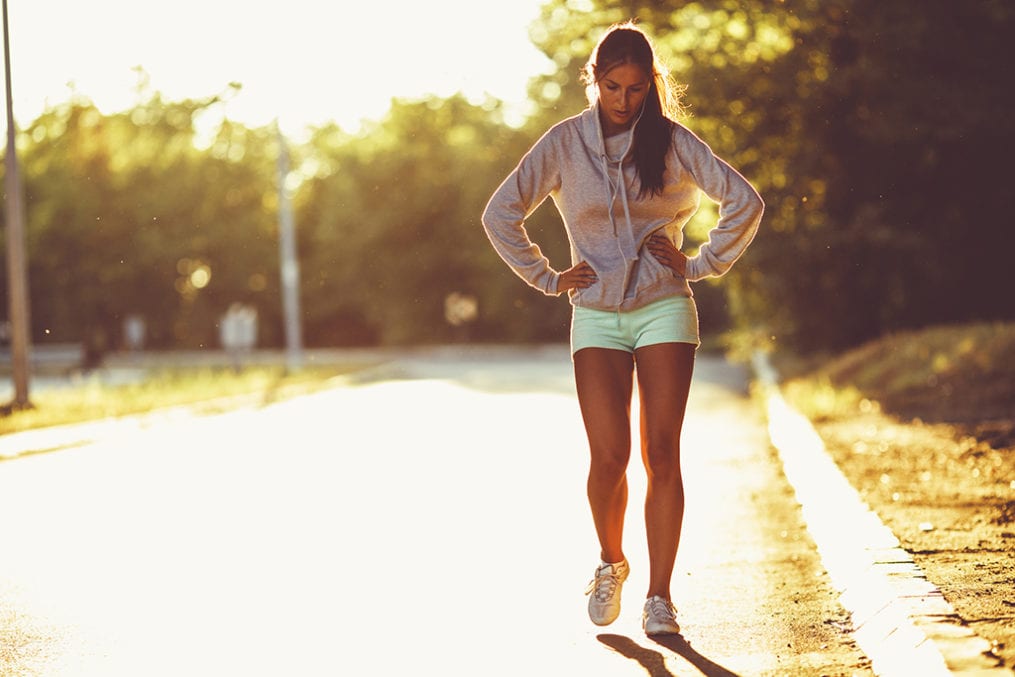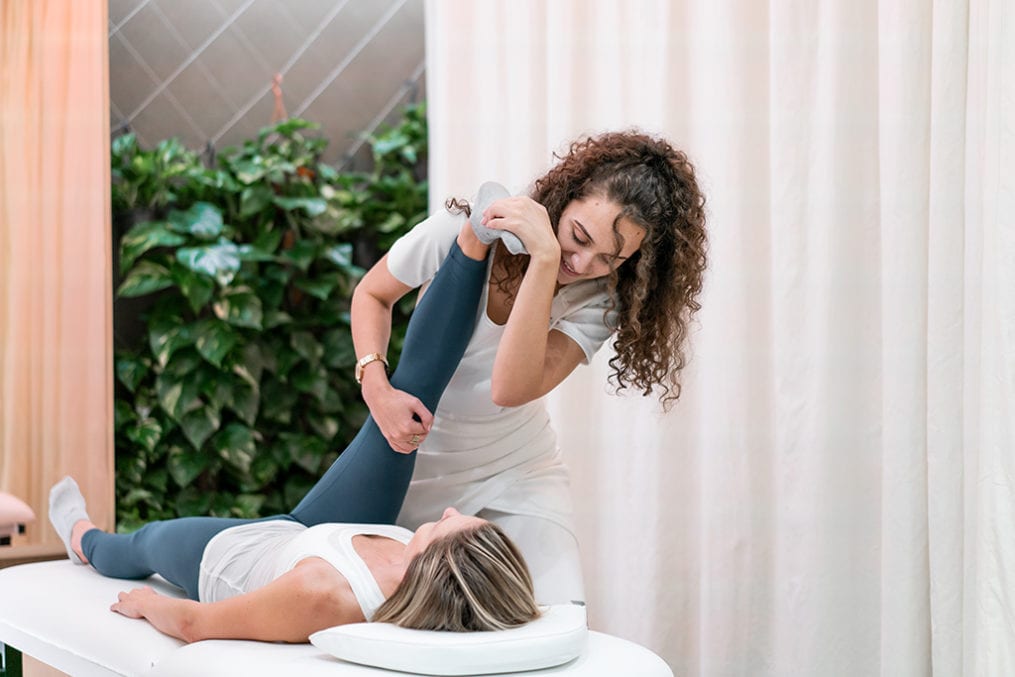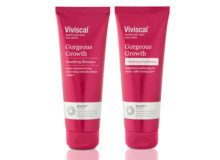5 top types of yoga and their benefits explained
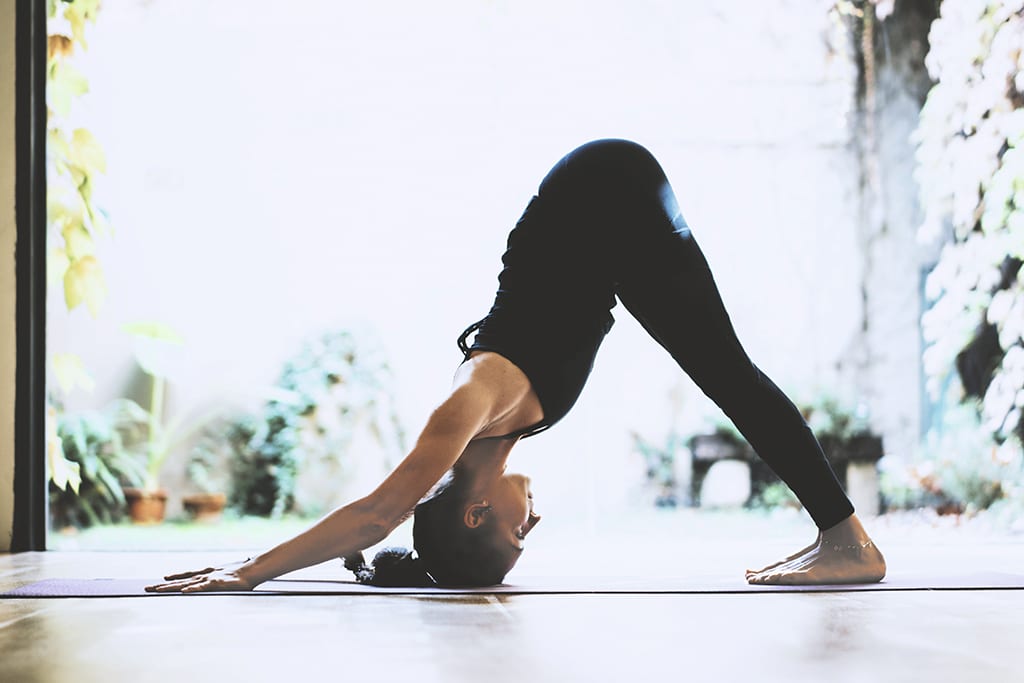 With the health benefits widely preached, it’s no wonder yoga is growing in popularity. In the last year alone, there’s been a 26 per cent increase in women searching for yoga, with those aged 45-54 dominating interest.
With the health benefits widely preached, it’s no wonder yoga is growing in popularity. In the last year alone, there’s been a 26 per cent increase in women searching for yoga, with those aged 45-54 dominating interest.
But when faced with a class list longer than your mat, choosing a yoga class can be confusing to un-initiated. Fortunately, we’ve spoken to five top yogis from different disciplines, so you can get the best stretch for you.
1. Hatha
The UK’s most popular style, hatha traditionally encompasses all physical types of yoga, but classes have come to be seen as ‘the basics’ – expect a gentle introduction to key postures, linked with breathing exercises. “It will introduce flexibility and strength on a physical level,” says Cat Alip-Douglas, co-director of Sangyé Yoga School. “But, with practice, the discipline can also result in a greater awareness of how to apply those same aspects to the mind.” This is where to start if your fear of yoga is as intense as the burn when you try to touch your toes.
What to wear: “Just clothing that’s functional and not restrictive,” says Alip-Douglas. Leggings, a close- fitting top and bare feet is really all you need.
Who does it: There are usually a few beginners, so expect zero judgement.
Read more: How to get started in outdoor yoga
2. Ashtanga
“This type of yoga involves a set of sequences of postures. Each one is linked together and every movement is either on an inhale or exhale,” says Hamish Hendry, director at Astanga Yoga London (the name can be written as ashtanga or astanga). The practise is rigid, and unswervingly focuses on three different elements: “Drishti, your gaze point; bandha, specific body locks; and pranayama, the breath-to-movement cycle,” says Hendry. If you’re a stickler for routine, this is the approach for you. Be warned – it can be relentless and intense.
What to wear: This vigorous practice is likely to make you sweat, so consider vest tops and moisture-wicking leggings, and bring a towel.
Who does it: This is the more hardcore of the yoga tribes. You’ll want a few beginner classes under your belt before attempting ashtanga.
Read more: Try this 10-minute yoga routine
3. Vinyasa flow
“This is a dynamic style of yoga where you match your movement to your breath as you flow from one pose to the next,” says Nicola Jane Hobbs, author of Thrive Through Yoga (Bloomsbury, £12.99). “It’s based on traditional ashtanga, but is less structured. Classes often focus on a theme, such as hip openers or backbends.” Calming and a good all-round workout, it’s one of the most commonly -found forms of yoga in gyms and studios.
What to wear: “I recommend tight-fitting clothes so you can move freely between poses without having to worry about your top riding up or bottoms falling down,’ adds Hobbs.
Who does it: Generally more women than men, but abilities are mixed. You can find classes aimed at specific levels, so you’re in safe hands.
Read more: 4 facial yoga exercises you can do at home
4. Bikram
“This employs a series of 26 hatha postures and two breathing exercises, done at a room heated to 40°C,” says Melissa McIntyre, studio director at The Hot Spot Yoga.
“The heat helps us avoid injury, increase flexibility and go a little further into each posture than we otherwise would. Bikram’s an all-in-one: it’s a workout and it calms your mind.” The physicality and challenging nature of bikram appeals to people who feel like they haven’t done a workout if they’re not sweating, and who want to work their muscles.
What to wear: “I recommend no white clothing – you’ll thank me for that,” says McIntyre. ‘You don’t want loose clothing as you sweat a lot and it will create drag.” Basically, wear as little as decently possible. Bring a towel and a shedload of water.
Who does it: A mix of abilities, with more men than some other classes. “Men seem to like Bikram a lot,” says McIntyre, “perhaps because it’s friendly to most body types, not the case with all types of yoga.”
Read more: Yoga poses to ease menopause symptoms
5. Kundalini
“Kundalini is the yoga of awareness,” says Kwali Kumara, a kundalini yoga and gong meditation teacher. “It has a Sikh lineage and is a combination of movement, mediation and mantra.” Designed to awaken energy in the spine, the practice is said to harness the powers of the eight chakras (energy centres) in order to expand consciousness.
What to wear: Kumara recommends wearing loose, comfortable cotton clothes preferably in white, as this “expands the aura and helps with the purification process.”
Who does it: This is a class for the more spiritual, but still expect a workout. Think old souls thrown in with new-wave hippies. All abilities are welcome, and students can take things at their own pace.



